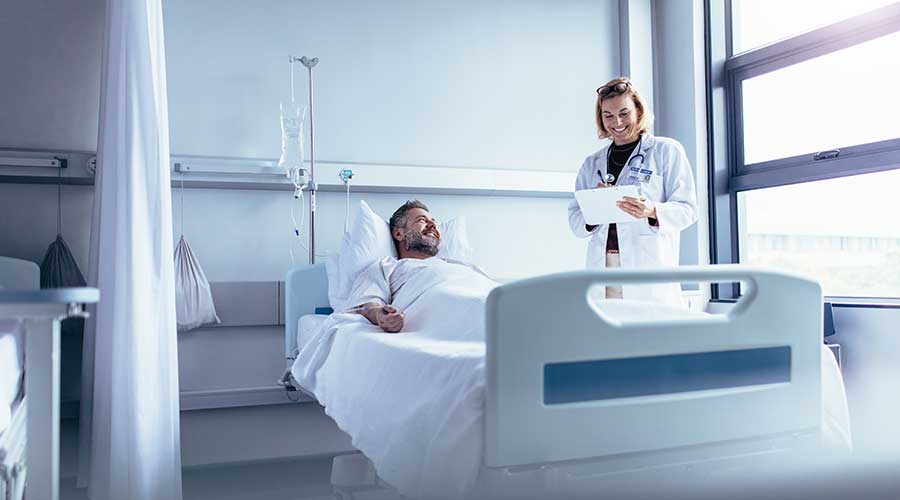U.S. Representative Nanette Barragán (D-CA) has announced the introduction of H.R.9377 - National Patient Safety Board Act of 2022, legislation to establish an independent federal agency dedicated to preventing and reducing healthcare-related harms. This legislation aims to improve safety for patients and healthcare providers by coordinating existing efforts within one independent agency focused on addressing safety in healthcare through data-driven solutions.
Prior to the COVID-19 pandemic, medical error was the third leading cause of death in the United States, with conservative estimates of more than 250,000 patients dying annually from preventable medical harm and costs of more than $17 billion to the U.S. healthcare system. Recent data from the Centers for Medicare and Medicaid Services and Centers for Disease Control and Prevention indicate that patient safety worsened during the pandemic.
The National Patient Safety Board Act would create a National Patient Safety Board (NPSB), a nonpunitive, collaborative, independent agency modeled in part after the National Transportation Safety Board (NTSB) and the Commercial Aviation Safety Team (CAST) to address safety in healthcare. The NPSB would guarantee a data-driven, scalable approach to preventing and reducing patient safety events in healthcare settings.
The NPSB is designed to augment the work of federal agencies and long-standing patient safety organizations without displacing them. To support this role, the NPSB would also have a public–private partnership team, the Healthcare Safety Team, to gain consensus on patient safety measures, autonomous data collection technologies and solutions.
The NPSB’s solutions would focus on problems like medication errors, wrong-site surgeries, hospital-acquired infections, errors in pathology labs and issues in transition from acute to long-term care. By leveraging interdisciplinary teams of researchers and new technology, including automated systems with AI algorithms, the NPSB’s solutions would help relieve the burden of data collection at the frontline, while also detecting precursors to harm.

 What Every EVS Leader Needs To Know
What Every EVS Leader Needs To Know Blackbird Health Opens New Clinic in New Jersey
Blackbird Health Opens New Clinic in New Jersey St. John's Riverside Hospital Falls Victim to Data Breach
St. John's Riverside Hospital Falls Victim to Data Breach Grounding Healthcare Spaces in Hospitality Principles
Grounding Healthcare Spaces in Hospitality Principles UC Davis Health Selects Rudolph and Sletten for Central Utility Plant Expansion
UC Davis Health Selects Rudolph and Sletten for Central Utility Plant Expansion